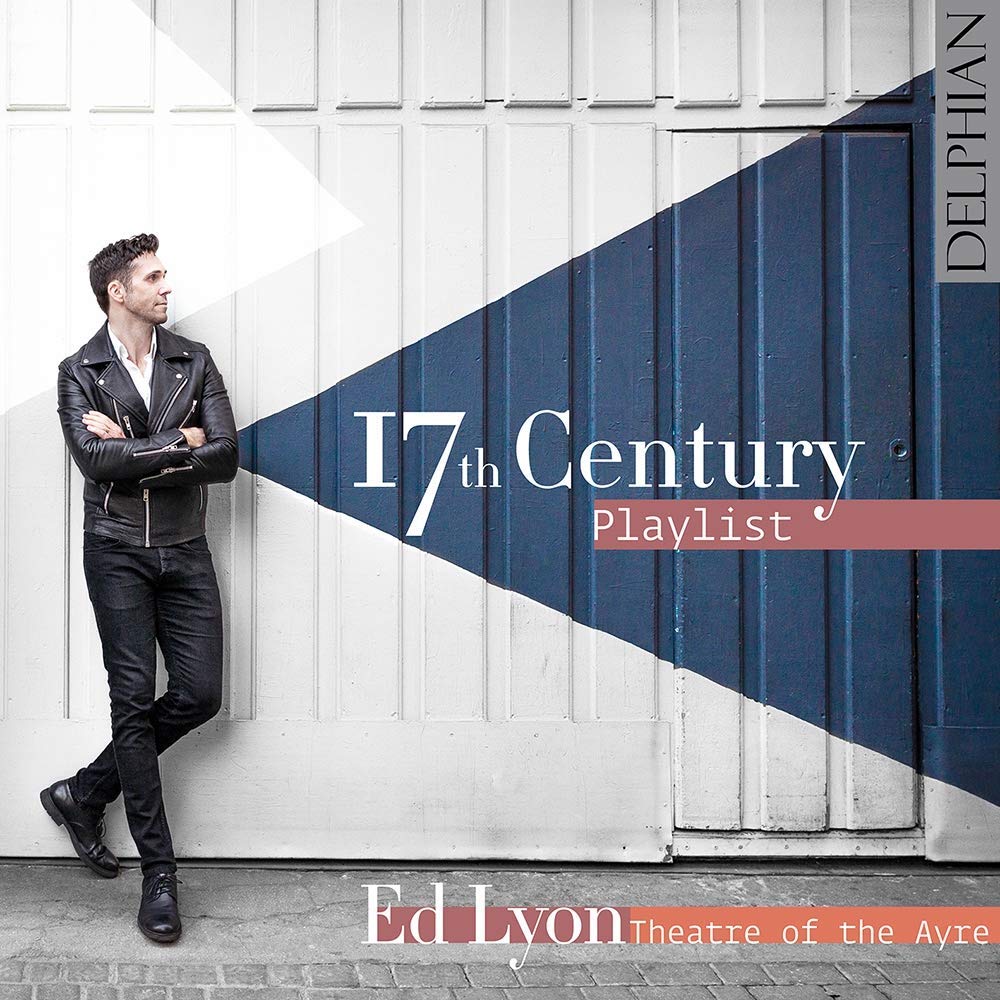 Ed Lyon - 17th Century Playlist Ed Lyon (tenor), Theatre of the Ayre (Delphian)
Ed Lyon - 17th Century Playlist Ed Lyon (tenor), Theatre of the Ayre (Delphian)
Lutenist Elizabeth Kenny describes this disc as a baroque mixtape, and it contains discrete songs, not operatic arias. Uniformly catchy, tenor Ed Lyon’s selection demonstrates that earworms aren't a contemporary phenomenon. Baroque composers recognised the importance of grabbing listeners’ attention within a few bars, in order that they would be “held by the ears”. Stefano Landi’s “Passacaglia della Vita” is a good example, the jaunty lute riff softening the blow of the anonymous text (message: we're all going to die). Pierre Guédron’s similarly catchy “Aux plaisirs, aux delices, bergères” is an exhortation to enjoy life's pleasures while you can, lest “the time for pleasure and delight… trickles away and disappears hour by hour…” The melodic richness of many of these songs is striking, and you can't imagine them being better performed. Another Landi number, “Augelin che ‘l tuo amor”, bounces along, and it's difficult not to grin. Or weep at the more introspective numbers: the subdued intro to Le Camus’ “Je veux me plaindre” floored me.
Instrumental relief comes in the form of two shapely sonatas by Giovanni Battista Fontana. There's a pair of songs by Dowland, and a gorgeous number by Nicholas Lanier features Siobhán Armstrong playing an Irish harp. There's not a dud track here. Held by the ears? Mine gripped me like a vice while listening. And my initial encounter with the album lasted several hours, such was the need to go back and re-listen to large chunks of it. Lyon’s youthful, colourful voice and gift for characterisation are winning, and he's brilliantly, wittily accompanied by the five-piece Theatre of the Ayre. Full texts and translations are provided, along with Kenny’s useful notes. Nicely designed and well recorded, to boot – another disc of the year.
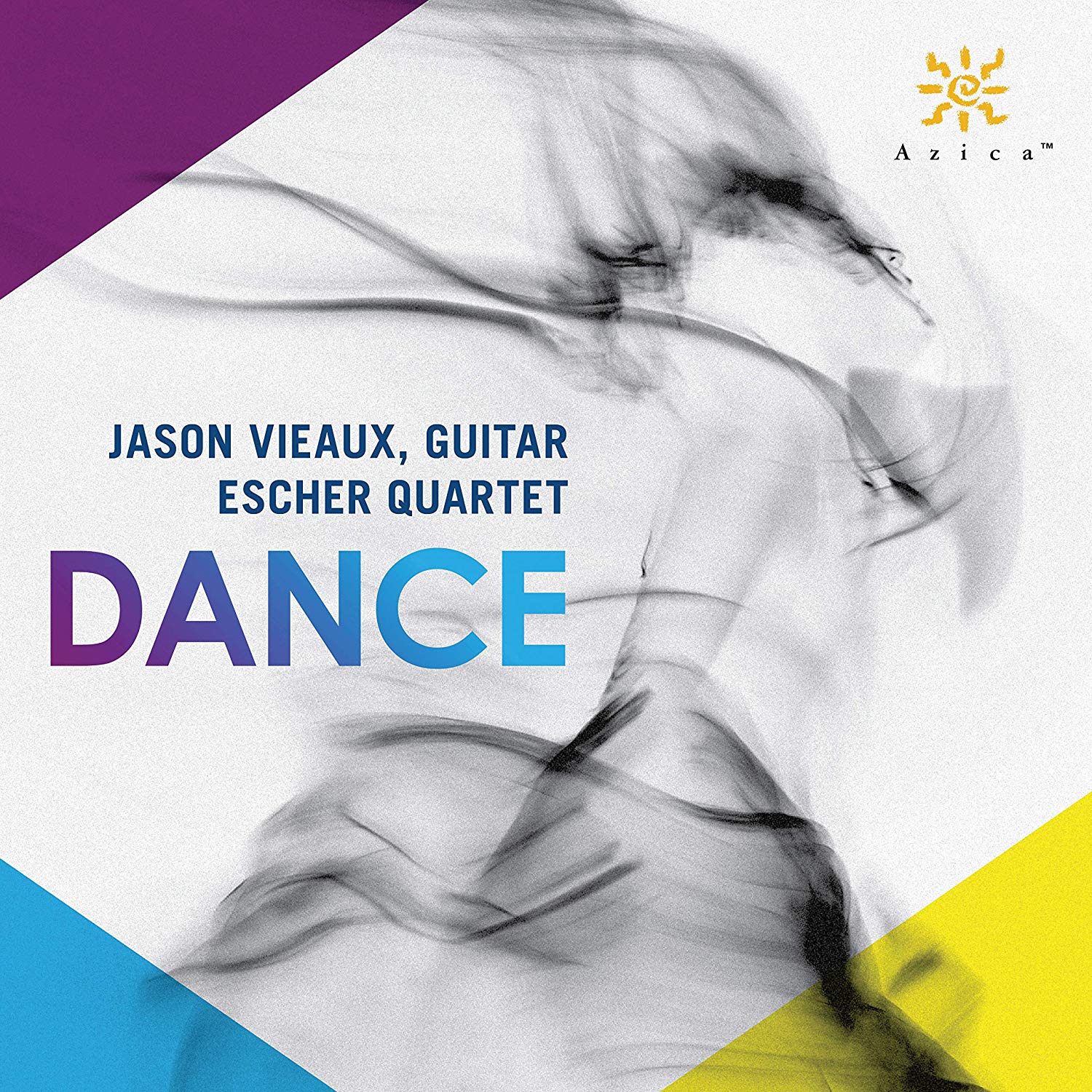 Dance Jason Vieaux (guitar), Escher Quartet (Azica Records)
Dance Jason Vieaux (guitar), Escher Quartet (Azica Records)
I'll confess to never having listened properly to a guitar quintet before, and will now make up for lost time. Luigi Boccherini, he of the minuet used in The Ladykillers, arranged a dozen of his piano quintets in the late 1790s for a guitar-playing Spanish Marquis. No 4 in D is on this disc, a work actually stitched together from two different works. Not that you'd notice; this is exquisite fluff, but attractive and enjoyable. The guitar blends so well with the solo strings but never overwhelms them, often suggesting a baroque continuo part. We hear this in the slow introduction to Boccherini's finale. Ever wondered what a Fandango actually is? Find out here. It's superbly played here by guitarist Jason Vieaux and the Escher Quartet, plus some mystery castanets a few minutes before the end. Great fun, and even better is the Guitar Quintet by Castelnuovo-Tedesco, commissioned by Segovia in the early 1950s, keen to enlarge his instrument’s chamber repertoire. Why is this music not better known? The guitar here is better integrated with the quartet, sharing the melodic material rather than accompanying it. Many passages feel like sublime stretches of improvisation. There's a great one just a few minutes into the slow movement, Vieaux noodling away under richly harmonised strings. Castelnuovo Tedesco’s little scherzo makes fantastic use of string harmonics, and there's a catchy finale.
Aaron Jay Kernis’s 100 Greatest Dance Hits was written in 1993, Kernis taking his title from “those old K-Tel advertisements on late night TV …” That I remember both K-Tel and Ronco makes me feel very old. Kernis's four-movement suite pokes affectionate fun at different dance genres. Salsa and easy listening are parodied, very well, Kernis leaving the best til last. His “Dance Party on the Disco Motorboat” is dazzling, these players’ gutsiness and drive lending thrilling life to the music. We’ve all heard quartets scraping through tepid arrangements of pop songs – what Kernis does is a thousand times better. Bongos and shakers are thrown into the mix as the movement goes on, and there's an all-too-brief vocal outburst. Serious fun, and magnificently performed.
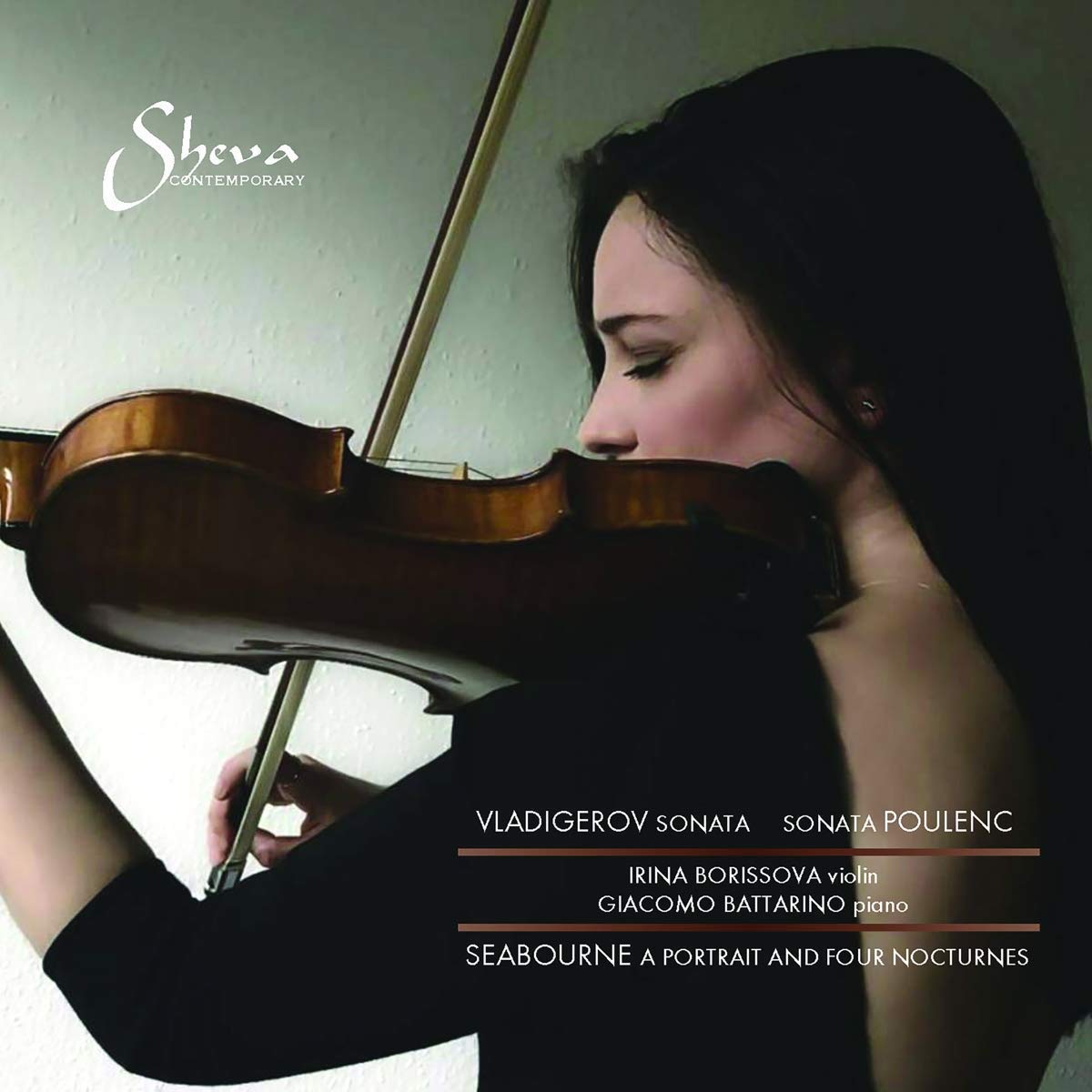 Pantscho Vladigerov, Poulenc: Violin Sonatas, Peter Seabourne: A Portrait and Four Nocturnes Irina Borissova (violin), Giacomo Battarino (piano) (Sheva Contemporary)
Pantscho Vladigerov, Poulenc: Violin Sonatas, Peter Seabourne: A Portrait and Four Nocturnes Irina Borissova (violin), Giacomo Battarino (piano) (Sheva Contemporary)
Looking out for “overlooked but significant composers” is one part of the Sheva Contemporary label’s brief, and this disc’s star turn is a striking, attractive violin sonata by the prolific Bulgarian composer Pantscho Vladigerov. Born in 1899, his career took off after studying in Berlin, though he returned to Sofia in the 1930s and enjoyed a long career as a performer and teacher. The Sonata is Vladigerov's Opus 1, written when he was just 15. Indebted to 19th century models, it's the freshness of Vladigerov's inspiration which charms. Depths aren't plumbed, but the breeziness is appealing. There's a strikingly perky march in the middle of the slow movement which suggests Prokofiev, and an irrepressibly cheery last movement. Bulgarian violinist Irina Borissova makes a convincing case for it, appealingly sultry in the central movement’s outer sections. By necessity her tone is steelier in Poulenc's pungent wartime Violin Sonata. This is a fascinating, underrated piece, Poulenc's seeming desire to compose something weighty frequently undercut by fruity tunes. I suggested in last week's column that Prokofiev was the last century's greatest melodist, but Poulenc runs him a very close second. Pianist Giacomo Battarino nails the Intermezzo’s late-night loneliness, and it's striking how closely he matches his tone with Borissova’s. Sound and fury win out in the finale, the final phrase like the closing of a door. A glorious, unsettling piece.
The sonatas are coupled with A Portrait and Four Nocturnes by Peter Seabourne. His subject is Chopin, the Portrait “a little character sketch” suggested by an account of Chopin and George Sand’s disastrous 1838 trip to Majorca. The wealth of incident makes the portrait work: Seabourne’s confident voice compels us to listen. The first three nocturnes take us through shadowy moonscapes and an alarmingly vivid nightmare. There's respite in the longer final section, Chopin’s brightening mood eventually suggested through unsentimental but affirmative music. Borissova and Battarino convince, and they're nicely recorded.

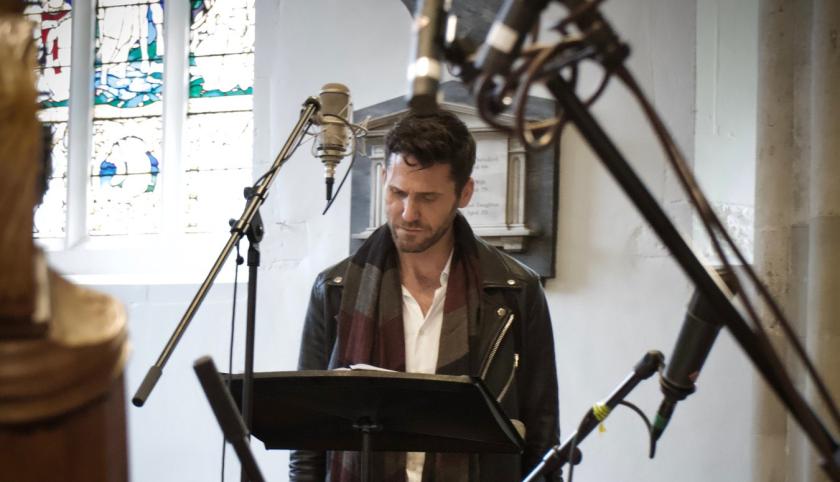












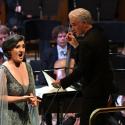
Add comment